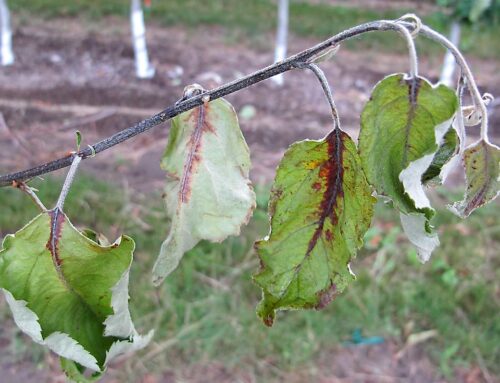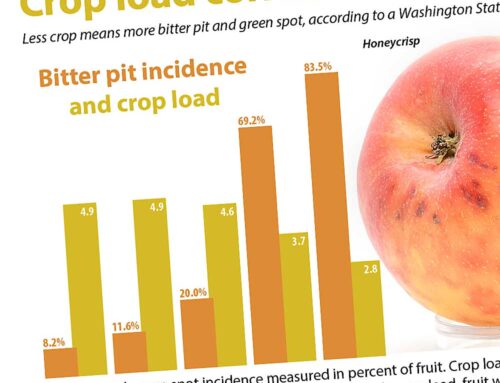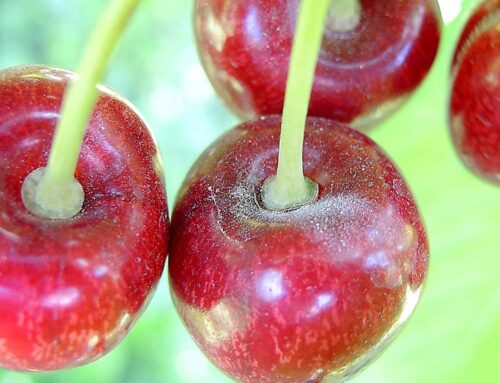A soil biofumigant developed for both conventional and organic farms offers a new tool in what is becoming an increasingly restrictive practice.
Soil fumigation helps eliminate soil-borne diseases, replant problems, nematodes, and weeds, and gets perennial crops off to a good start. But the application is becoming more difficult because the chemicals are under increasingly restrictive regulations, resulting in rate reductions, shrinking buffer zones, tarp film requirements, and the need for fumigation management plans, among other effects. One of the most effective fumigants, methyl bromide, is being phased out because it’s an ozone-depleting chemical.
“It had good efficacy against ring nematodes.”
—Dr. Husein Ajwa
“We’re still using the same fumigants that we were twenty years ago,” said Dr. Husein Ajwa, University of California Cooperative Extension soil specialist. For more than a decade, Ajwa has worked to develop alternatives to methyl bromide and to test alternative fumigation application methods, like shank and drip application and impermeable plastic tarps that reduce emissions.
Methyl bromide was the standard fumigant for many crops for years, he said, adding that because it is applied as a gas, the chemical can penetrate dead plant material and crop residue, something that the alternative liquid fumigants don’t do as effectively. Also, some of the fumigants require a lot of material—up to 400 pounds per acre.
New biofumigant
Ajwa, who spoke during the Washington Association of Wine Grape Growers convention in Kennewick, Washington, said a new biofumigant called Dominus was registered by the U.S. Environmental Protection Agency last September and recently registered in Washington State. Registrant Isagro is seeking registration for the broad-spectrum fumigant in all states.
Ajwa has conducted extensive tests on the new material, which is made from purified mustard oil. The active ingredient, allyl isothiocyanate (AITC), is a compound created as a natural defense by plants. EPA first registered AITC in the early 1960s.
The UC specialist described Dominus as a synthetically produced biopesticide from the Brassica species. Application rates range from 200 to 350 pounds per acre. Required buffer zones (up to 25 feet) are smaller than those of other fumigants, he said.
“It had good efficacy against ring nematodes, destroying the bag of nematodes we put in as part of test trials,” Ajwa said. In his strawberry trials, he found that Dominus controlled or suppressed soil-borne pathogens, nematodes, and weeds.
Soil-borne pathogens include fusarium wilt, phytophthora, pythium, and verticillium wilt. Nematodes controlled include ring, root knot, root lesion, and others. Weed species controlled are California burclover, common chickweed, common mallow, grasses, yellow nutsedge, and common purslane. The material can be applied with tractor-mounted shank injection or diluted in drip irrigation equipment.
All fumigants in Ajwa’s trial were applied under impermeable film.
Dominus has been submitted for approval to the National Organic Programs’ list of approved substances for organic crop production, according to Isagro officials. There are no crop restrictions, and it is not a restricted-use material. The company expects organic approval by 2015. •






Leave A Comment